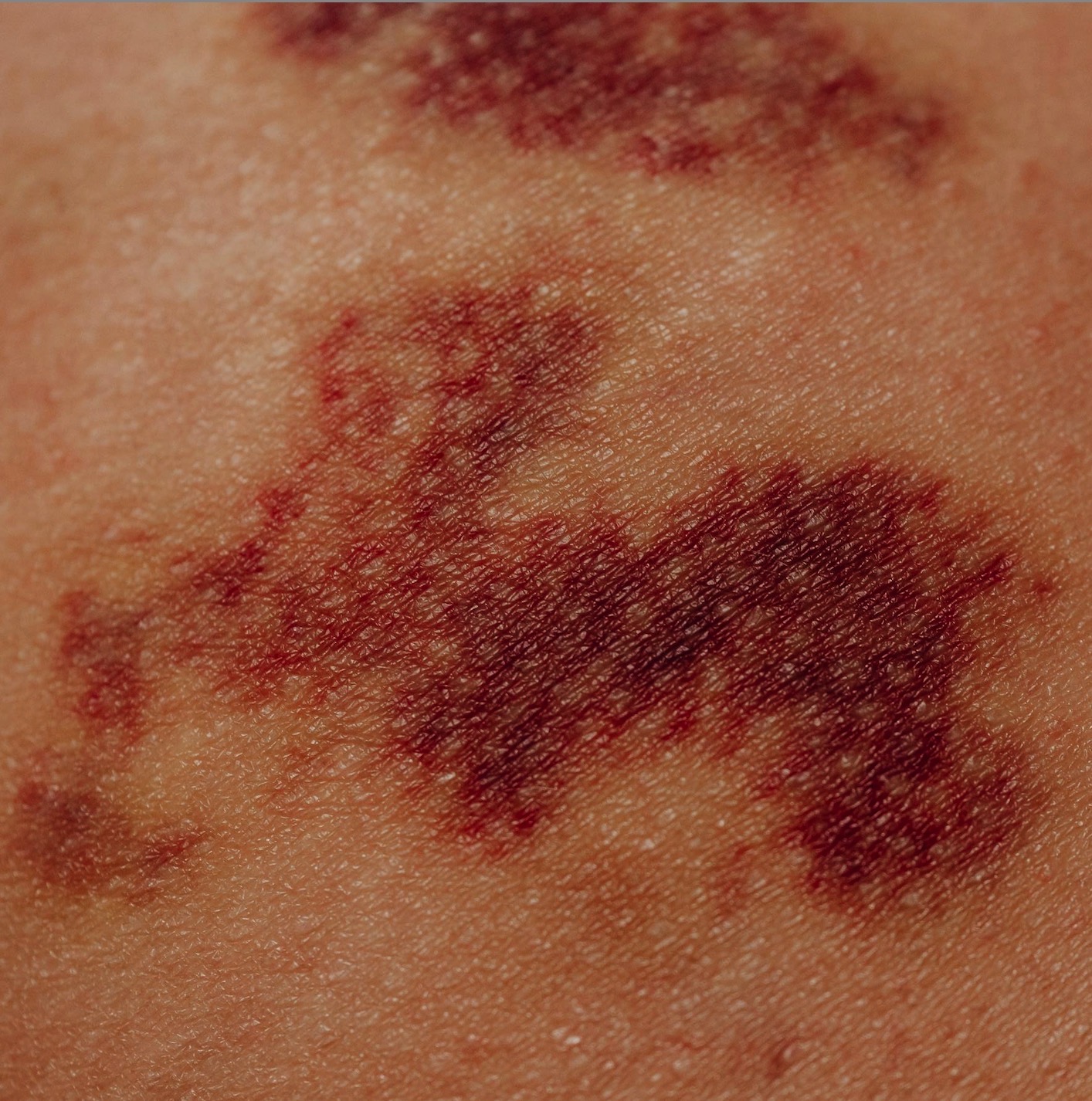The role of sacro-iliac joint magnetic resonance imaging in the diagnosis of axial spondyloarthritis: focus on differential diagnosis in women
Published: September 11 2024
Abstract Views: 1018
PDF: 388
Publisher's note
All claims expressed in this article are solely those of the authors and do not necessarily represent those of their affiliated organizations, or those of the publisher, the editors and the reviewers. Any product that may be evaluated in this article or claim that may be made by its manufacturer is not guaranteed or endorsed by the publisher.
All claims expressed in this article are solely those of the authors and do not necessarily represent those of their affiliated organizations, or those of the publisher, the editors and the reviewers. Any product that may be evaluated in this article or claim that may be made by its manufacturer is not guaranteed or endorsed by the publisher.
Similar Articles
- N. Ughi, D.P. Bernasconi, C. Gagliardi, F. Del Gaudio, A. Dicuonzo, A. Maloberti, C. Giannattasio, C. Rossetti, M.G. Valsecchi, O.M. Epis, Trends in severe outcomes in SARS-CoV-2-positive hospitalized patients with rheumatic diseases: a monocentric observational and case-control study in northern Italy , Reumatismo: Vol. 75 No. 2 (2023)
- D. Buskila, J. Ablin, Pediatric fibromyalgia , Reumatismo: Vol. 64 No. 4 (2012)
- M. Cinquini, M. Vianelli, F. Allegri, R. Cattaneo, G. Balestrieri, A. Tincani, Role of anti-prothrombin in antiphospholipid syndrome , Reumatismo: Vol. 54 No. 3 (2002)
- E. Marcucci, E. Bartoloni, A. Alunno, M.C. Leone, G. Cafaro, F. Luccioli, V. Valentini, E. Valentini, G.M.C. La Paglia, A.F. Bonifacio, R. Gerli, Extra-articular rheumatoid arthritis , Reumatismo: Vol. 70 No. 4 (2018)
- M. Cutolo, IL-1Ra: its role in rheumatoid arthritis , Reumatismo: Vol. 56 No. s1 (2004)
- C. Manzo, Clinical practice guidelines for patients with polymyalgia rheumatica: the need for an active involvement of all stakeholder is still unmet , Reumatismo: Vol. 72 No. 2 (2020)
- Eleonora Celletti, Giulio Gualdi, Emanuela Sabatini, Francesco Cipollone, Fabio Lobefaro, Paolo Amerio, Real-world clinical experience with secukinumab in psoriatic arthritis: an observational study and a literature review , Reumatismo: Early Access
- A.M. dos Santos, R.G. Misse, I.B.P. Borges, R.M.R. Pereira, S.K. Shinjo, Is there an association between upper limb claudication and handgrip strength in Takayasu arteritis? , Reumatismo: Vol. 72 No. 4 (2020)
- P. Russo, A. Capone, G. Baio, M. Di Martino, L. Degli Esposti, S. Buda, E. Degli Esposti, L. Caprino, Evaluation model of the effect of Rofecoxib on the co-prescription of gastroprotective agents observed during the treatment of ostheoarthritis , Reumatismo: Vol. 54 No. 4 (2002)
- L. Alcidi, E. Beneforti, M. Maresca, U. Santosuosso, M. Zoppi, Low power radiofrequency electromagnetic radiation for the treatment of pain due to osteoarthritis of the knee , Reumatismo: Vol. 59 No. 2 (2007)
Previous
391-400 of 400
You may also start an advanced similarity search for this article.










